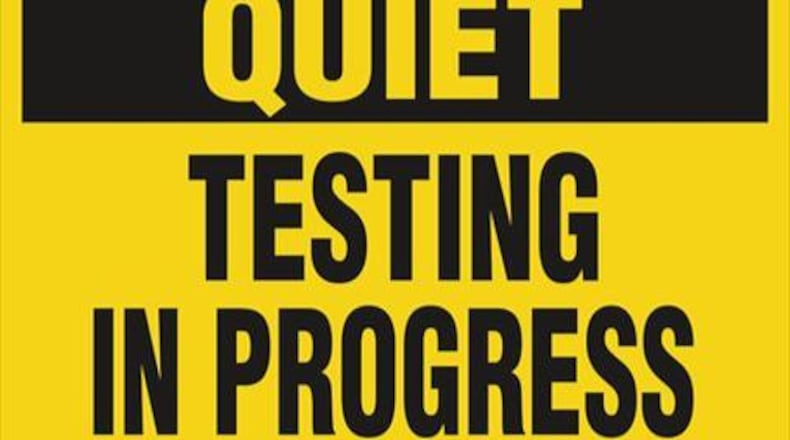Most of the discussions on the pandemic’s aftermath prioritize younger students, especially those whose introduction to formal school was remote learning, quarantines and lockdowns.
The 2023 Georgia Milestones scores released today by the state Department of Education include hopeful signs for those students. Georgia’s third grade scores showed improvement in reading and English language arts.
“I will say that this year’s third graders (in the testing) were pretty impacted by the pandemic. They were in kindergarten in 2019 so they never had a normal school year,” said Allison Timberlake, DOE deputy superintendent for assessment and accountability.
The trend lines are not as reassuring for older students.
The new Milestones show middle and high school students fell behind in science and social studies, two disciplines that have long played a secondary role to math and reading. Given the emphasis on careers in science, technology, engineering and math, the lower scores in science ought to raise concerns.
Credit: Georgia DOE
Credit: Georgia DOE
Math also stymied older students in Georgia. An Atlanta Journal-Constitution analysis shows that 57% of school districts that reported eighth grade math scores in 2019, 2022 and 2023 still haven’t caught up with pre-pandemic levels of proficiency. The 2023 results saw declines in student performance in algebra and coordinate algebra.
As my AJC colleagues point out in the news story today, two metro area districts, Cobb County and Decatur, fell behind in third grade math in 2022-2023 compared to the prior year, compounding ground lost to the pandemic. Cobb’s rate for proficient and above fell to 50.4%, down from 52%; Decatur’s to 71.8%, down from 74.7%.
Part of this may be due to the focus on reading by Georgia school districts, which are devoting a large share of their federal COVID-19 relief funds to literacy training for their staffs.
Credit: Georgia DOE
Credit: Georgia DOE
While the scores indicate a need for catch-up among older students, remediation programs can be a hard sell to adolescents and teens. The quick pacing of middle and high school instruction often limits options for pull-out tutoring sessions during the day, and older students resist after-school sessions that interfere with their activities and free time.
In an EdWeek Research Center survey on why tutoring wasn’t working, the top reason — cited by 58% of school administrators — was an unwillingness of students to enroll.
The federal government has urged schools to use COVID-19 relief funds for what is described as high-dosage tutoring, one-on-one tutoring or in small groups of fewer than four students by certified teachers or trained paraprofessionals that occurs several times a week and aligns with classroom curriculum. Best practices call for tutors to work with students at their grade level, concentrating on the missed concepts and skills most critical to that content.
Historically, tutoring has been regarded as a lifeline tossed to desperate students, but the pandemic demands it become a common thread of classroom instruction in Georgia.
About the Author
The Latest
Featured


